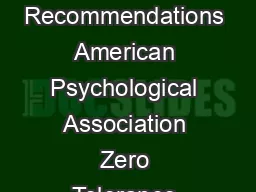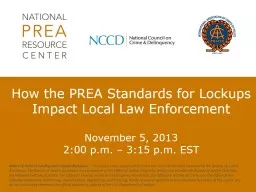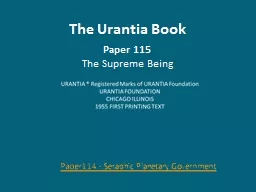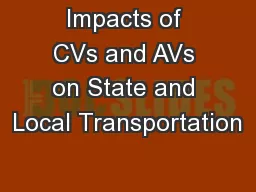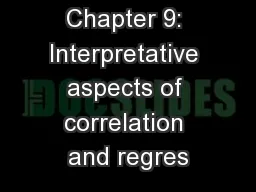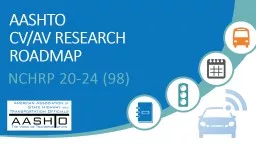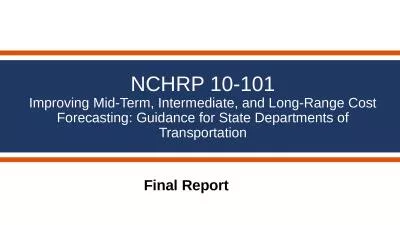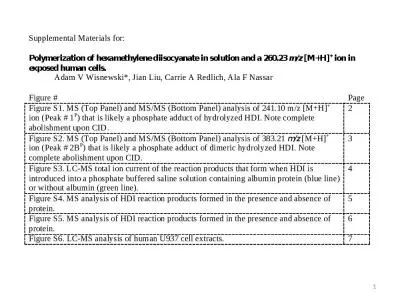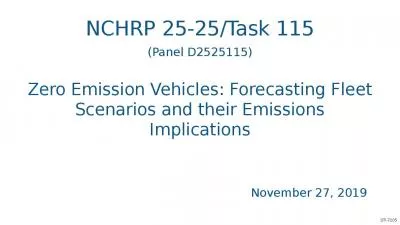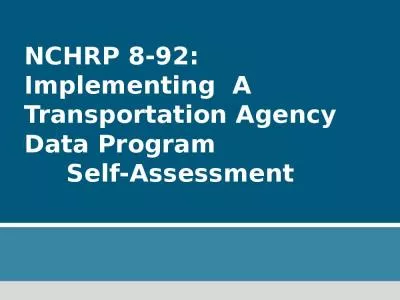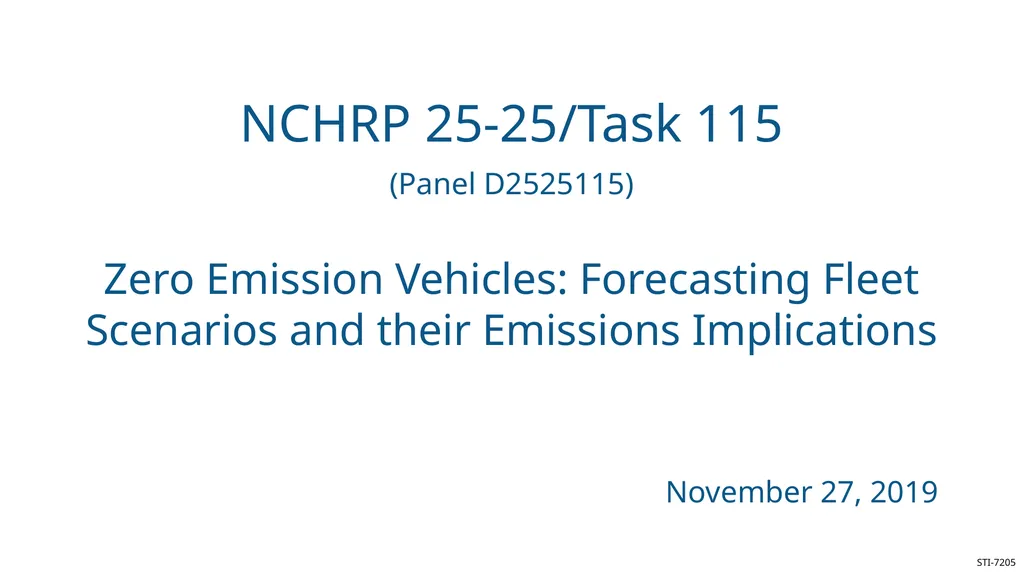
Author : natalia-silvester | Published Date : 2025-06-20
Description: NCHRP 25-25Task 115 (Panel D2525115) Zero Emission Vehicles: Forecasting Fleet Scenarios and their Emissions Implications November 27, 2019 STI-7205 Research Agency: Louis Berger U.S. Inc. Sonoma Technology, Inc. (STI) 2 Garnet Erdakos,Download Presentation The PPT/PDF document "" is the property of its rightful owner. Permission is granted to download and print the materials on this website for personal, non-commercial use only, and to display it on your personal computer provided you do not modify the materials and that you retain all copyright notices contained in the materials. By downloading content from our website, you accept the terms of this agreement.
Here is the link to download the presentation.
"NCHRP 25-25/Task 115 (Panel D2525115) Zero"The content belongs to its owner. You may download and print it for personal use, without modification, and keep all copyright notices. By downloading, you agree to these terms.
